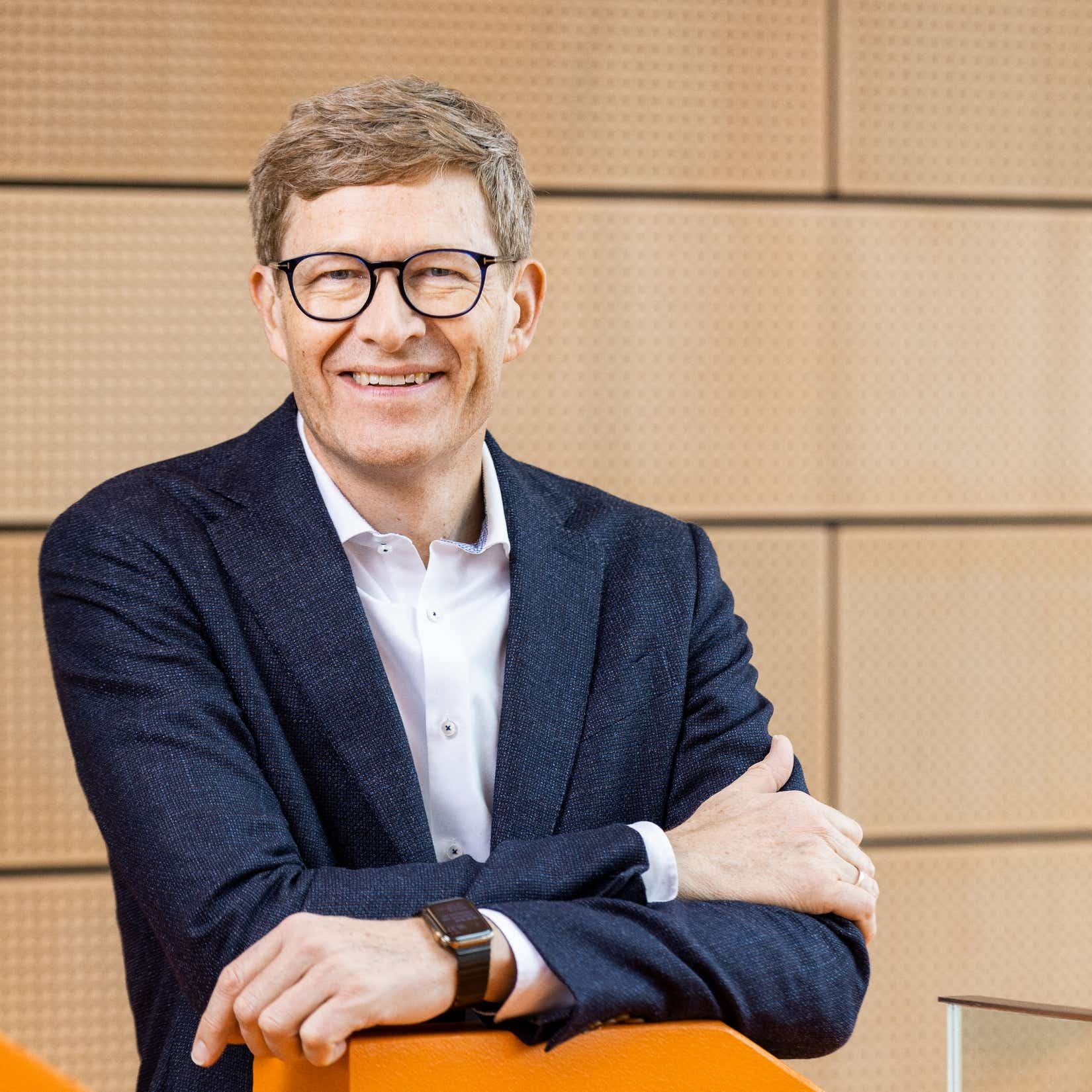Unlocking Net Zero: Why Top CEOs are Betting Big on Procurement as 2030 Looms
Leading CEOs are channeling investments into procurement as 2030's net-zero targets loom. With giants like LEGO committing $1.4B to sustainability, the corporate world signals a green future.

With 2030's ambitious targets casting a looming shadow, the world's leading CEOs are making a strategic pivot: channeling unprecedented investments into procurement and supplier engagement. As we approach the 40% mark of the decade, the stakes have never been higher. And with industry giants like LEGO leading the charge with massive sustainability investments, the corporate world is echoing a clear message: the time for action is now.
1. A Decade's Reality Check:
The end of 2023 brings a stark realization: we're nearly halfway to 2030. The progress made is commendable, but the road ahead is steep. Leading CEOs, sensing the urgency, are recalibrating their strategies, with procurement emerging as the linchpin.
2. The Investment Paradigm Shift:
It's not just about funds; it's about where they're directed. Top CEOs are pouring resources into enhancing procurement capabilities, especially focusing on supplier engagement—a critical component in the net zero equation.
3. Supplier Engagement: The New Frontier:
A sustainable future hinges on a green value chain. CEOs are championing supplier engagement, fostering collaborations to drive sustainable practices, and ensuring that every link in the chain is aligned with the net zero vision. Companies like LEGO are setting industry benchmarks, with their massive investments in sustainability and a clear roadmap to net-zero emissions by 2050.
LEGO's Ambitious Green Blueprint:
On August 30, 2023, from its headquarters in Billund, Denmark, the LEGO Group made a monumental announcement: a pledge to achieve net-zero greenhouse gas (GHG) emissions by 2050. This commitment is not just a standalone goal; it's an extension of their existing climate target to slash GHG emissions by 37% by 2032, using 2019 as the baseline—a target previously greenlit by the Science Based Target initiative (SBTi).
CEO's Vision:
Niels B Christiansen, the CEO of the LEGO Group, emphasized the company's immediate focus on meeting the 2032 carbon reduction targets. He highlighted the long-term vision behind the 2050 goal, stating, “This new, long-term goal will ensure that the decisions we make today will reduce our carbon footprint over the coming decades. It will also encourage future generations of LEGO employees, partners, and suppliers to continue working with a sense of urgency to reduce the environmental impact of our business.”

This new, long-term goal will ensure that the decisions we make today will reduce our carbon footprint over the coming decades. It will also encourage future generations of LEGO employees, partners, and suppliers to continue working with a sense of urgency to reduce the environmental impact of our business.”
Niels B Christiansen, the CEO of the LEGO Group
Children as Catalysts:
LEGO's commitment is also driven by the younger generation. Christiansen mentioned, “We know that children are looking to us to do what’s right. Caring for the environment is one of their top concerns and we receive hundreds of letters a year with great ideas from kids on how we can make a difference. They are holding us to account, and we must set ambitious goals and take meaningful and lasting actions to protect their futures.”
Strategic Investments:
LEGO's roadmap to sustainability is backed by tangible actions and significant financial commitments. Over the next three years, the company plans to triple its investment in environmental sustainability, allocating more than $1.4 billion to sustainability-centric activities. This encompasses:
- Carbon Neutral Infrastructure: LEGO is in the process of constructing two factories designed to be carbon-neutral once operational. The aim is to secure Gold LEED certification as the baseline standard for all new factories and buildings on their global campus.
- Renewable Energy Focus: The company is ramping up its renewable energy production in factories and procuring renewable energy for its offices and stores, aiming for a holistic reduction in emissions across its operations.
- Business Decisions with Carbon in Mind: From 2024, LEGO will tie a Carbon KPI to executive remuneration. They're also implementing responsible travel policies to minimize employee travel, especially international flights.
- Supplier Collaboration: Recognizing that a staggering 98% of their GHG emissions originate from their supply chain, LEGO continues its Engage-to-Reduce program, initiated in 2014, to collaboratively reduce the environmental impact with suppliers.
Beyond the SBTi-approved Target:
LEGO's commitment doesn't stop at the targets approved by the SBTi. They're also exploring compensation actions, like supporting carbon capture programs, and are keen on reducing their reliance on fossil fuels as a raw material.
Conclusion:
The countdown to 2030 is on, and the world's leading CEOs are making their move. Recognizing the transformative potential of procurement and supplier engagement, they're channeling investments, forging collaborations, and setting the stage for a sustainable future. With industry leaders like LEGO making monumental commitments, the corporate world is signaling its readiness to embrace a greener tomorrow.





Comments ()